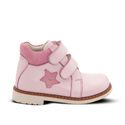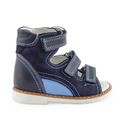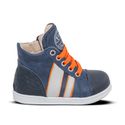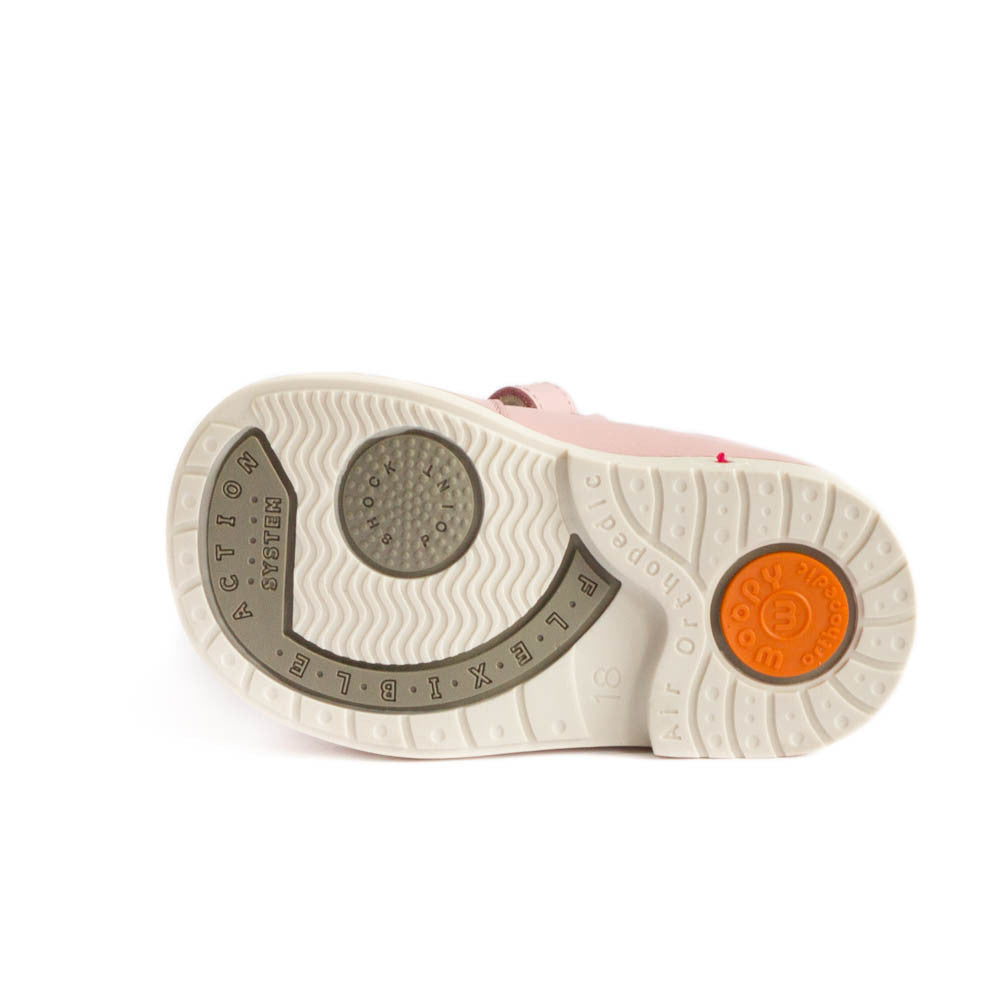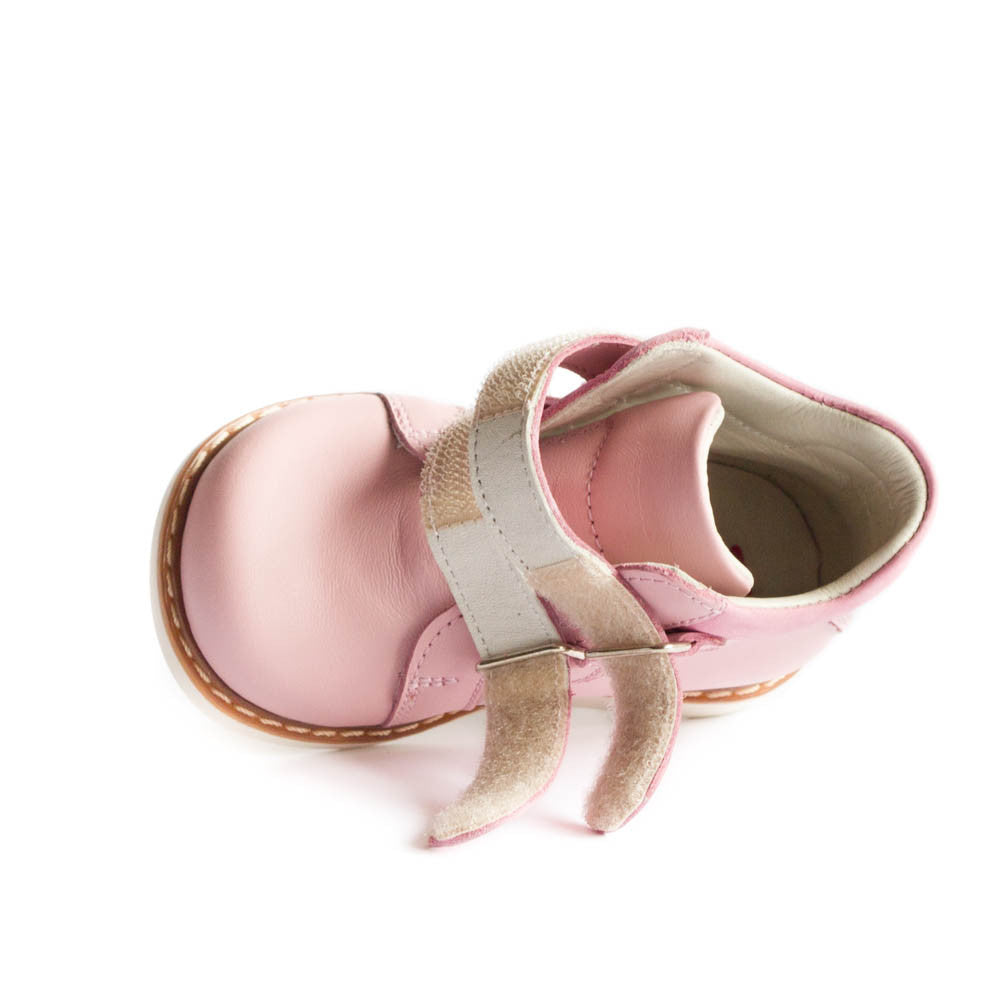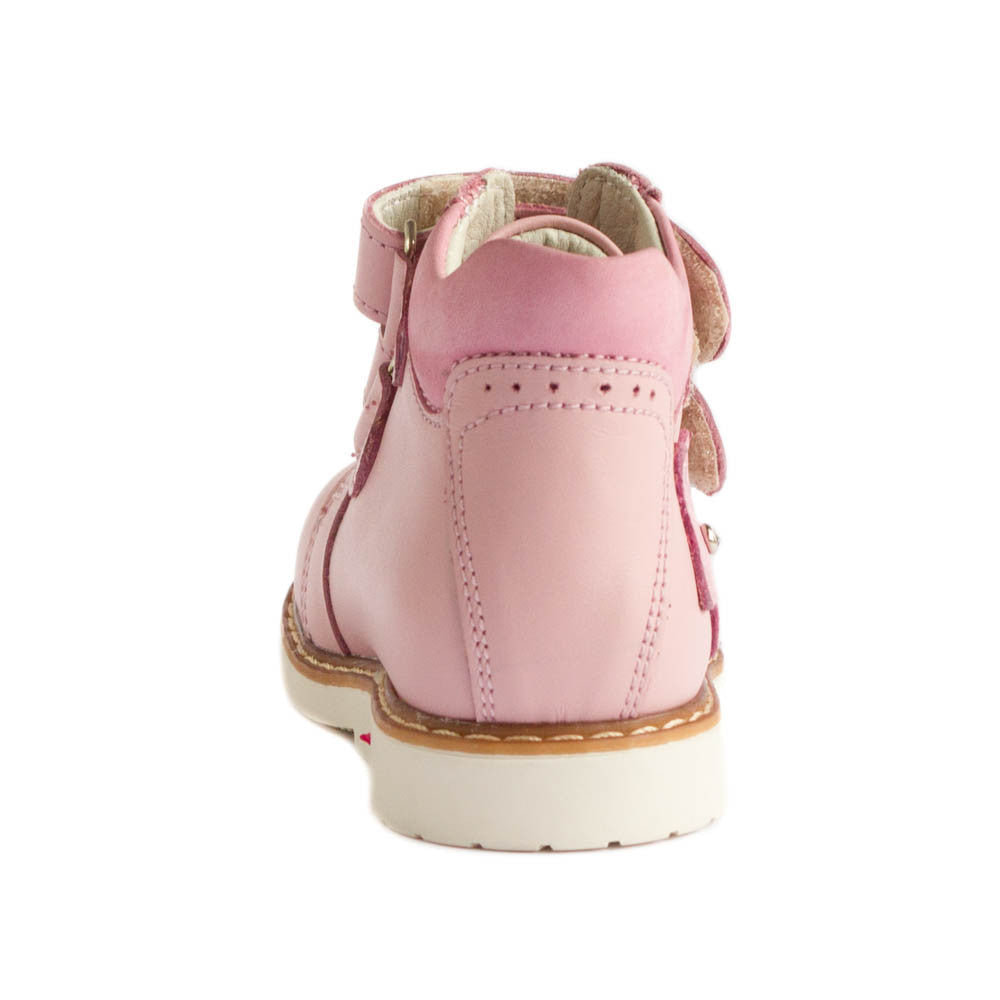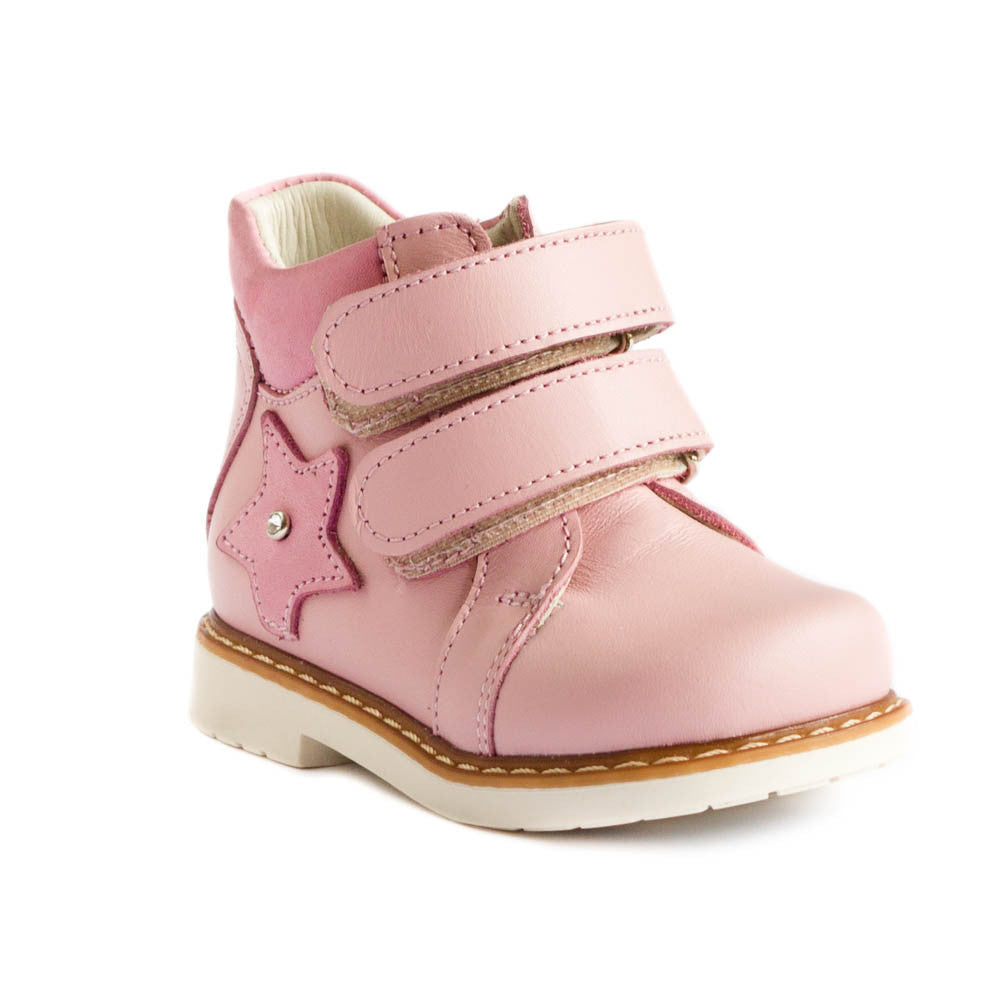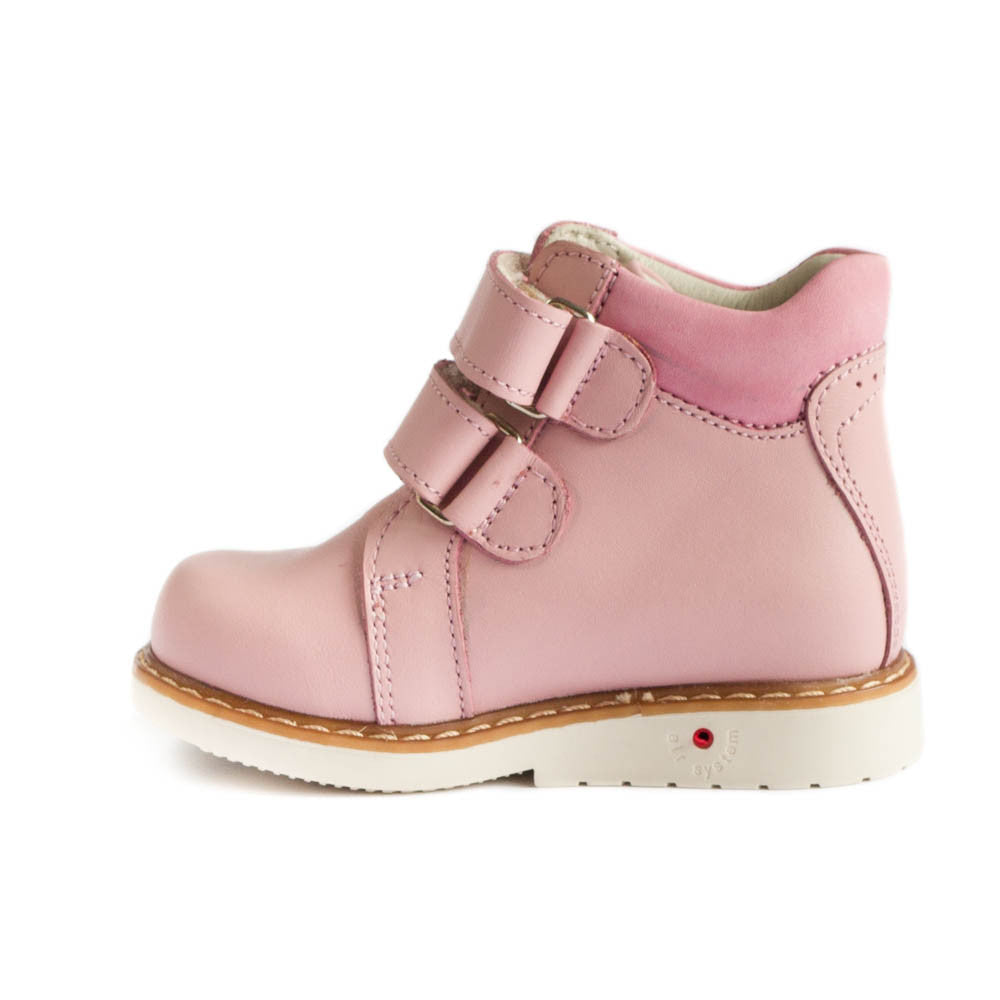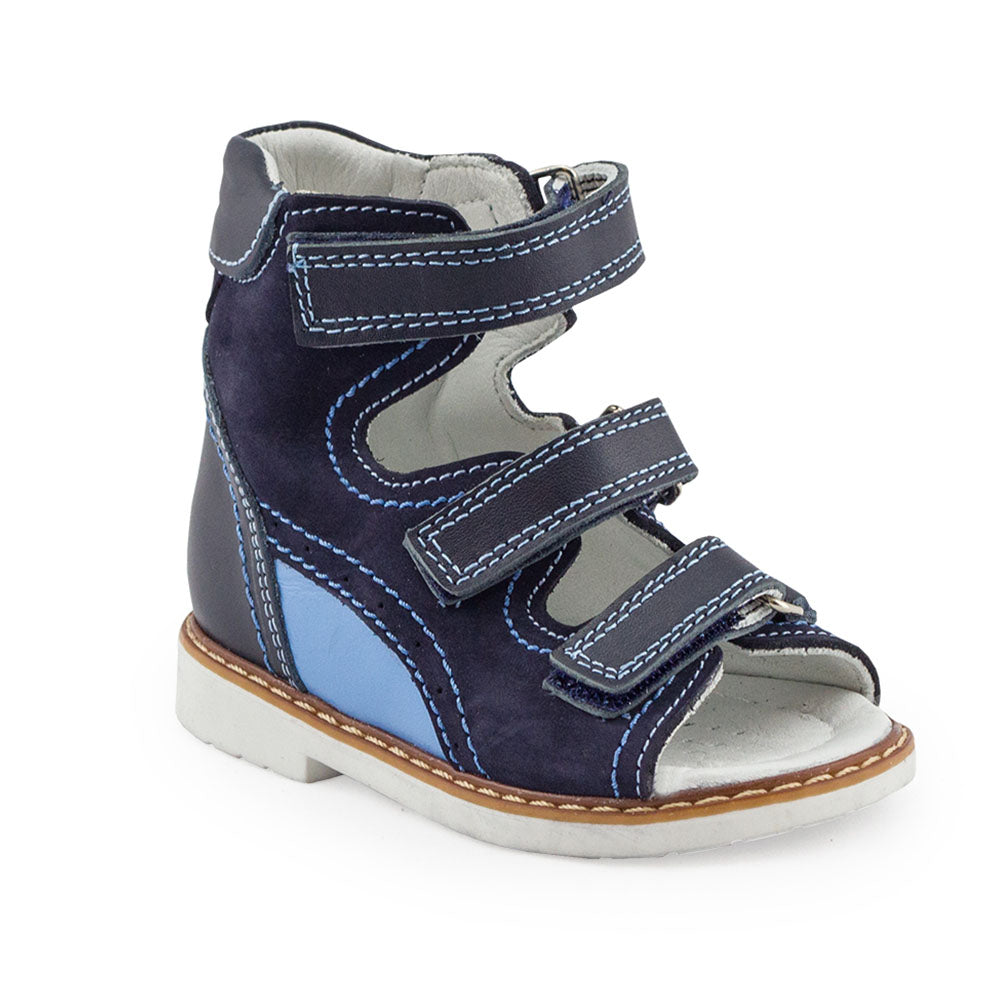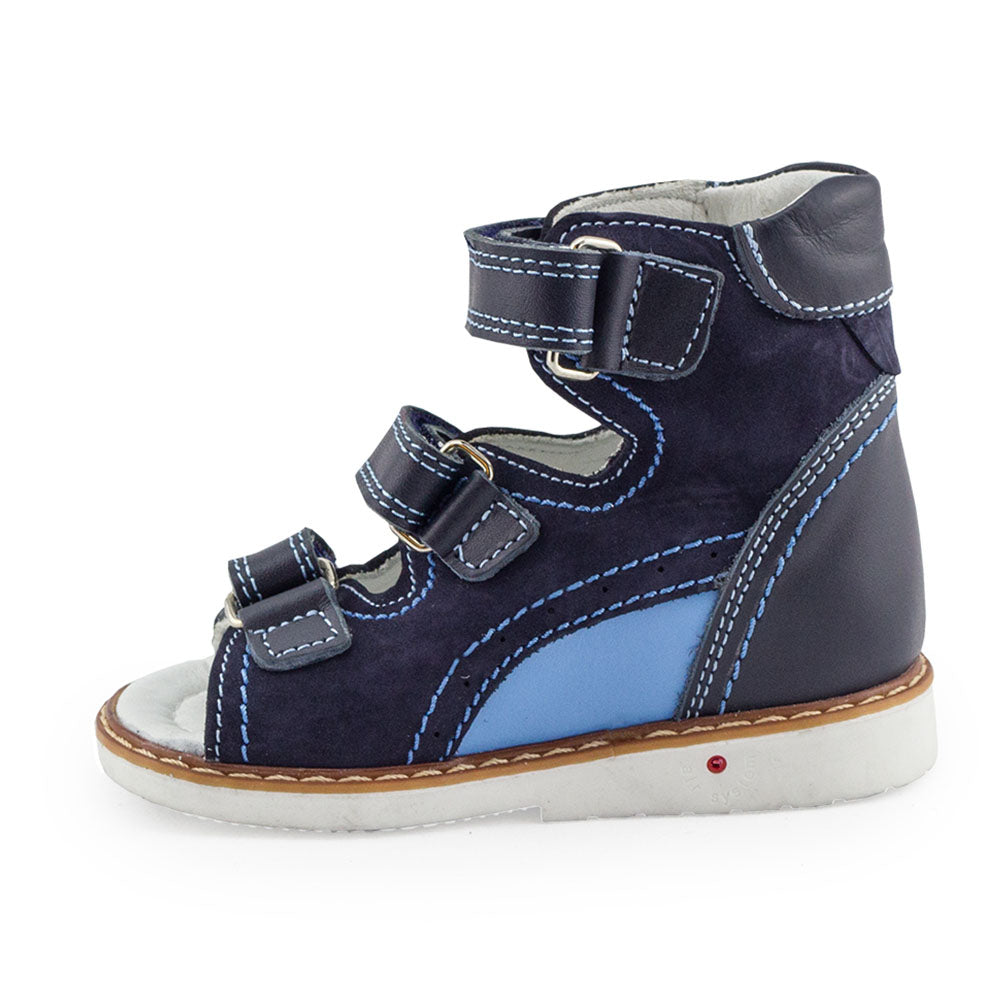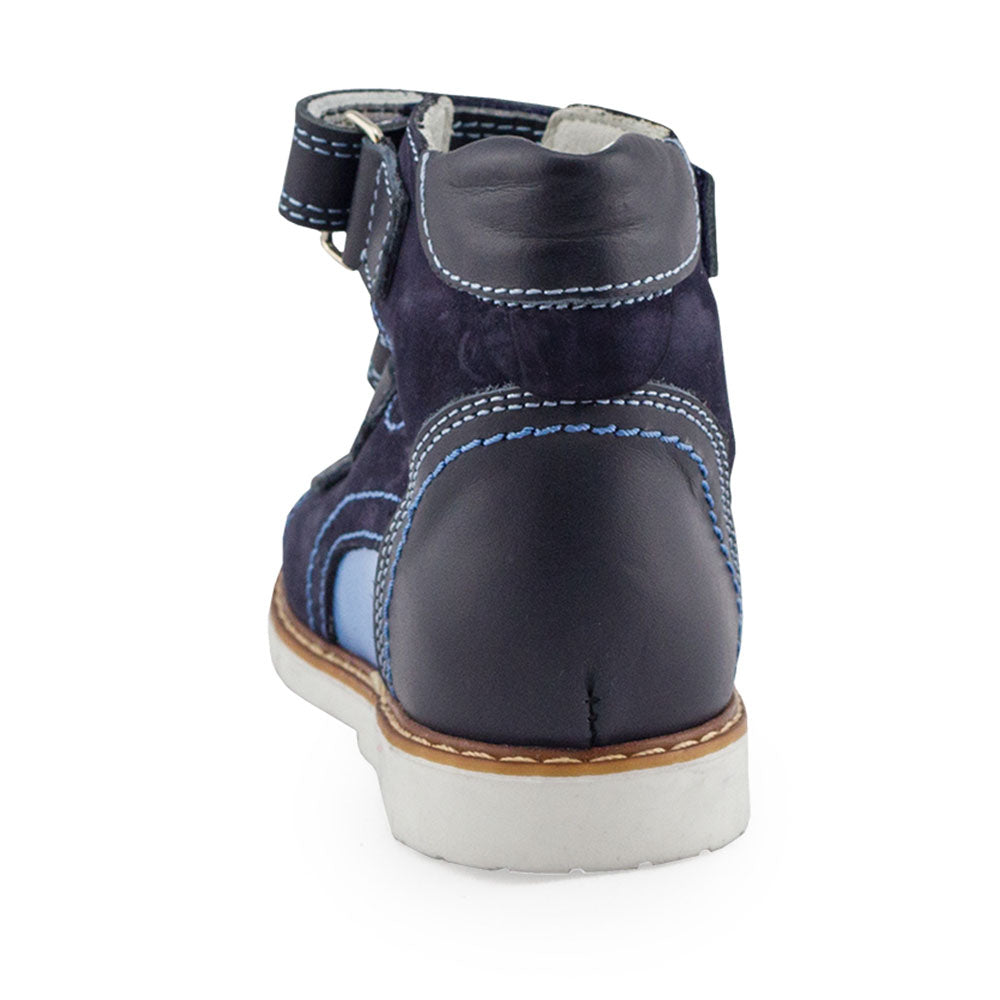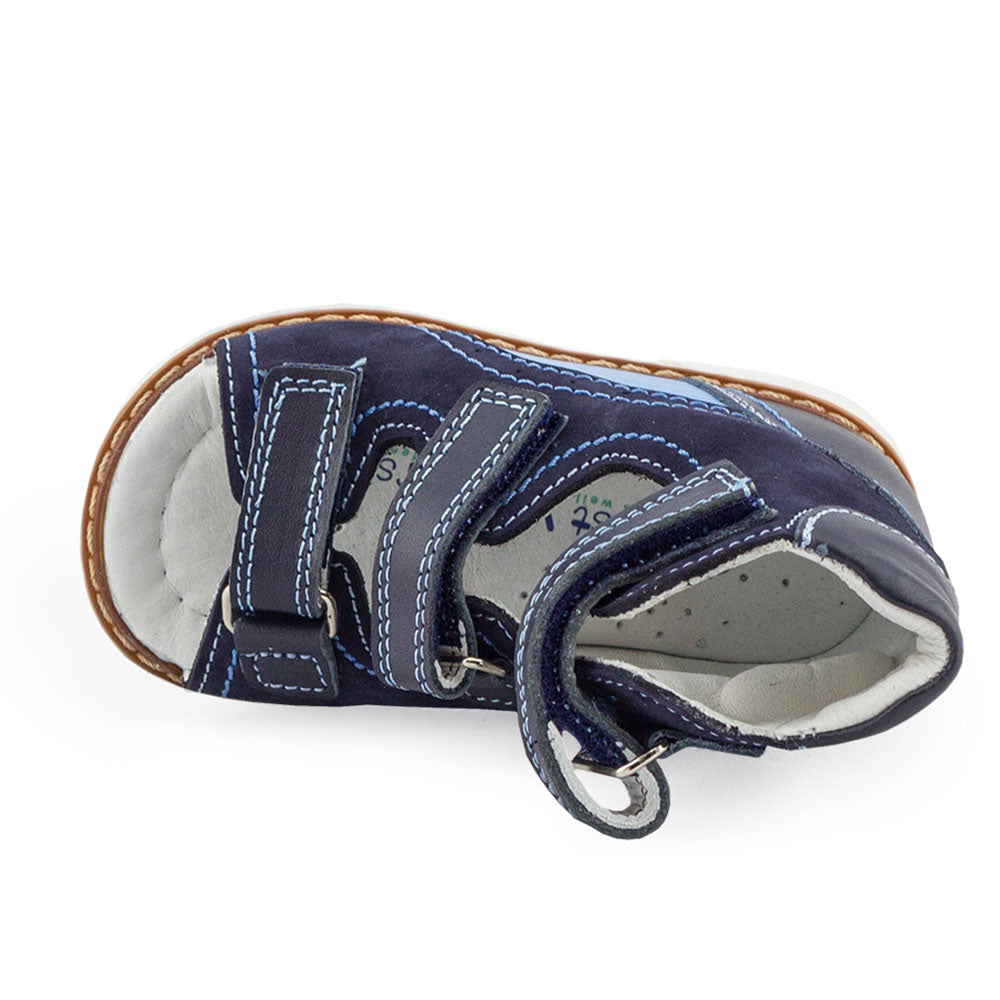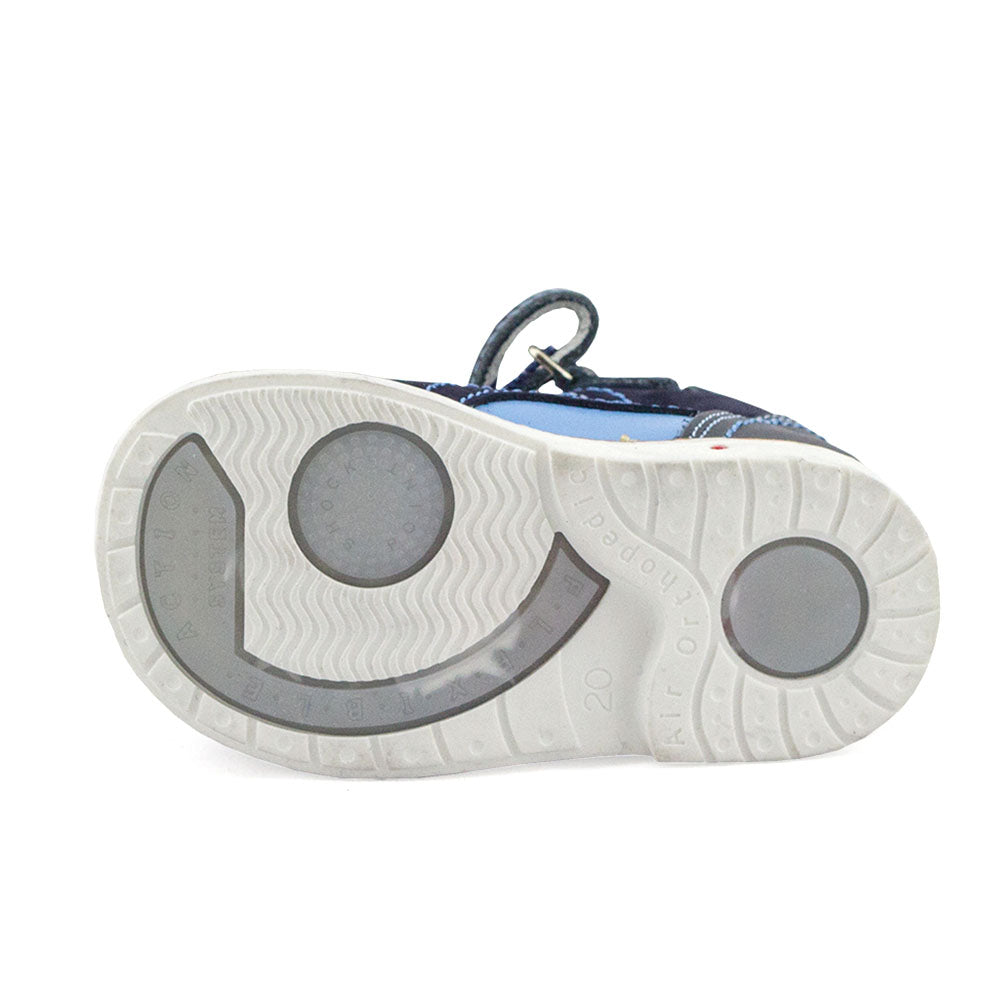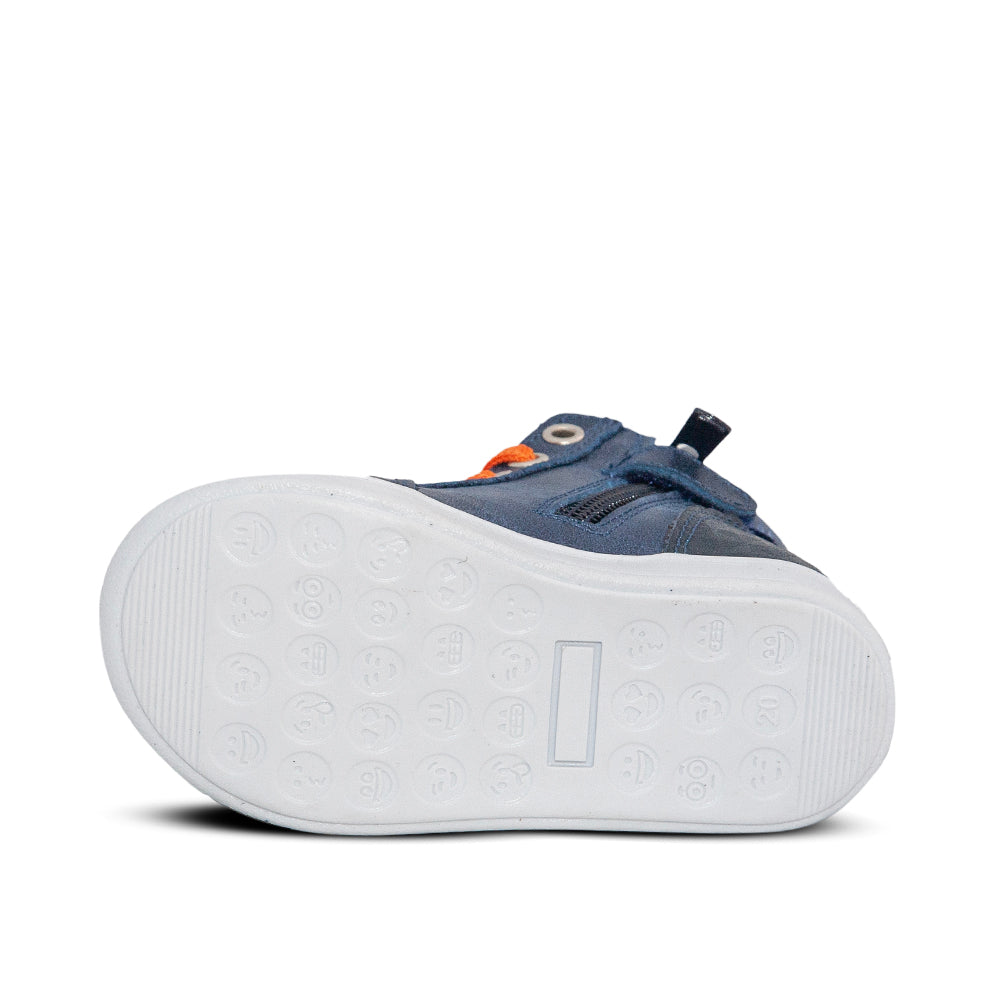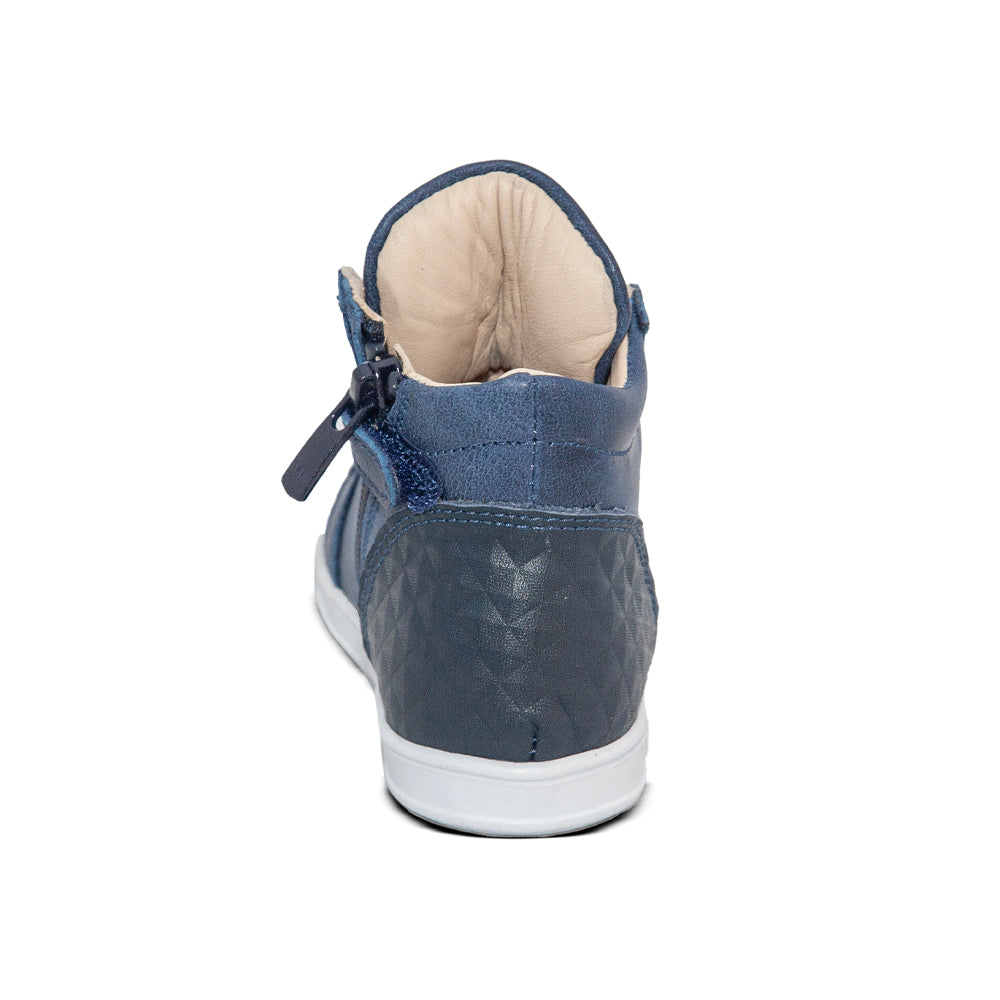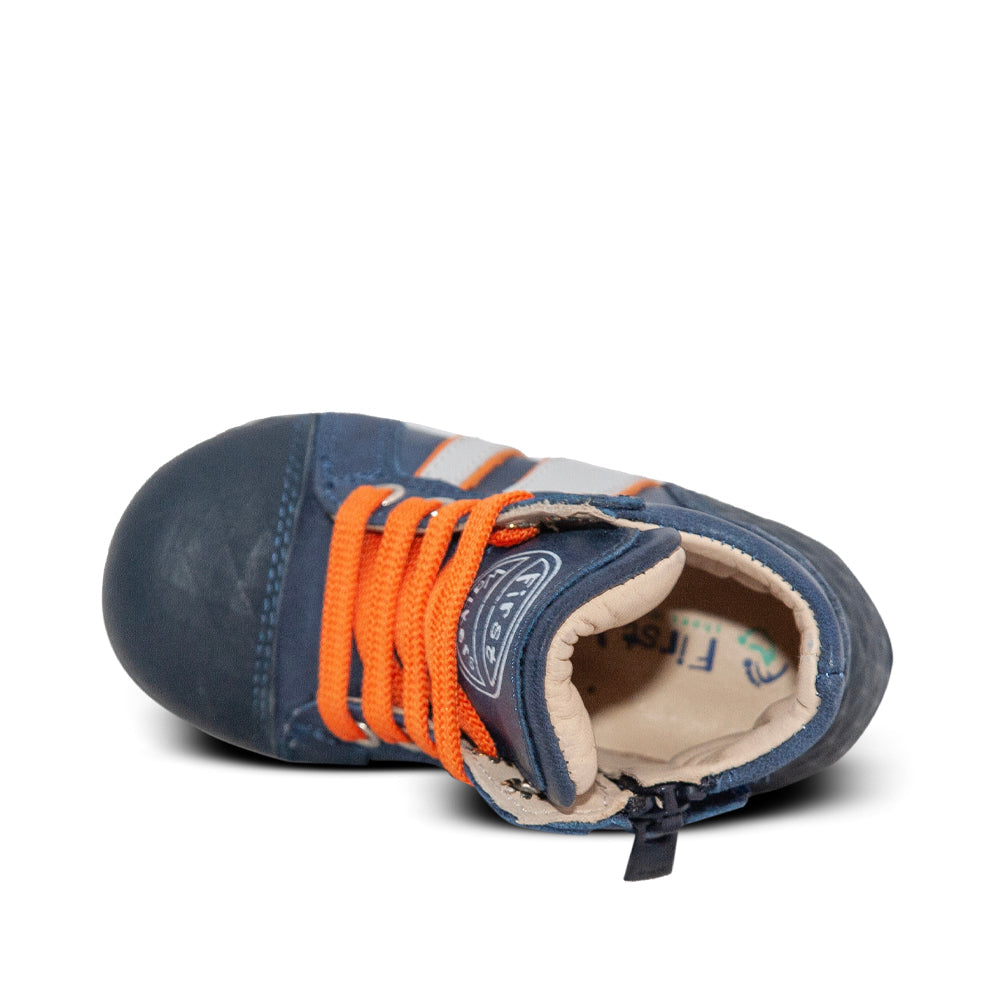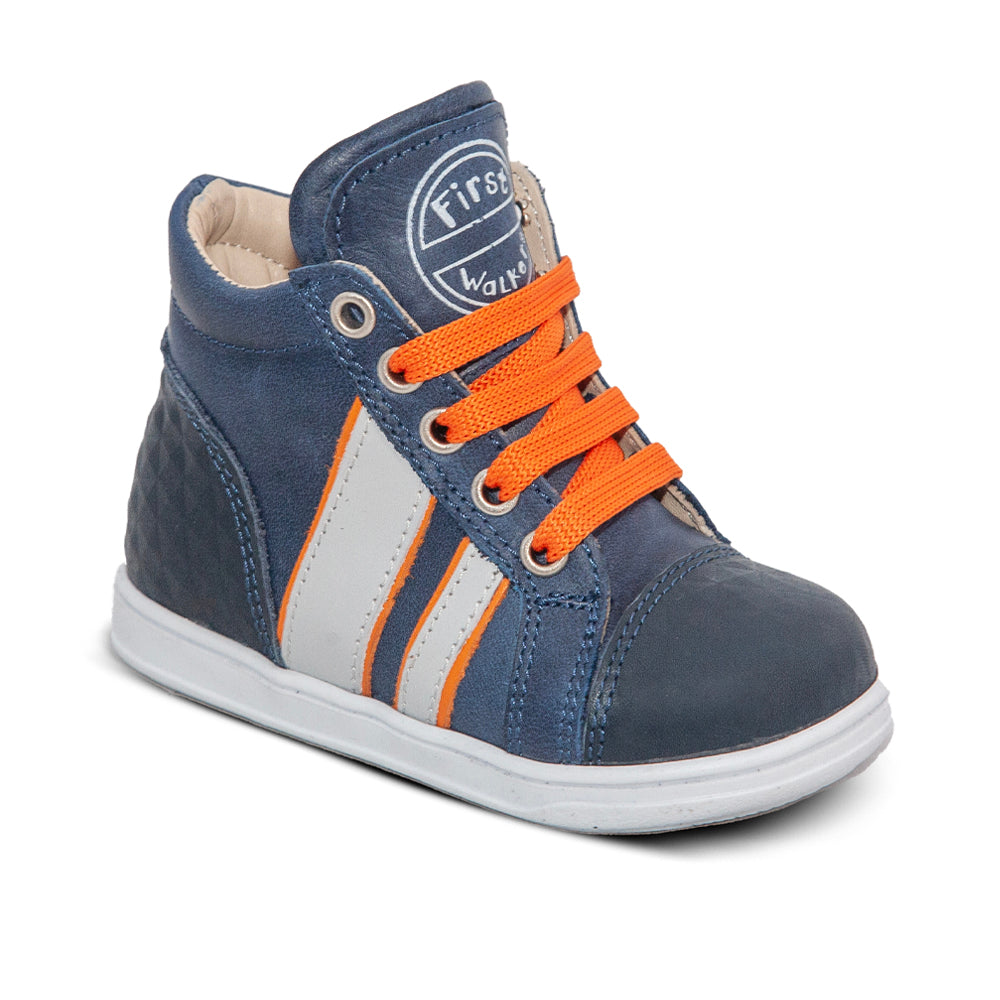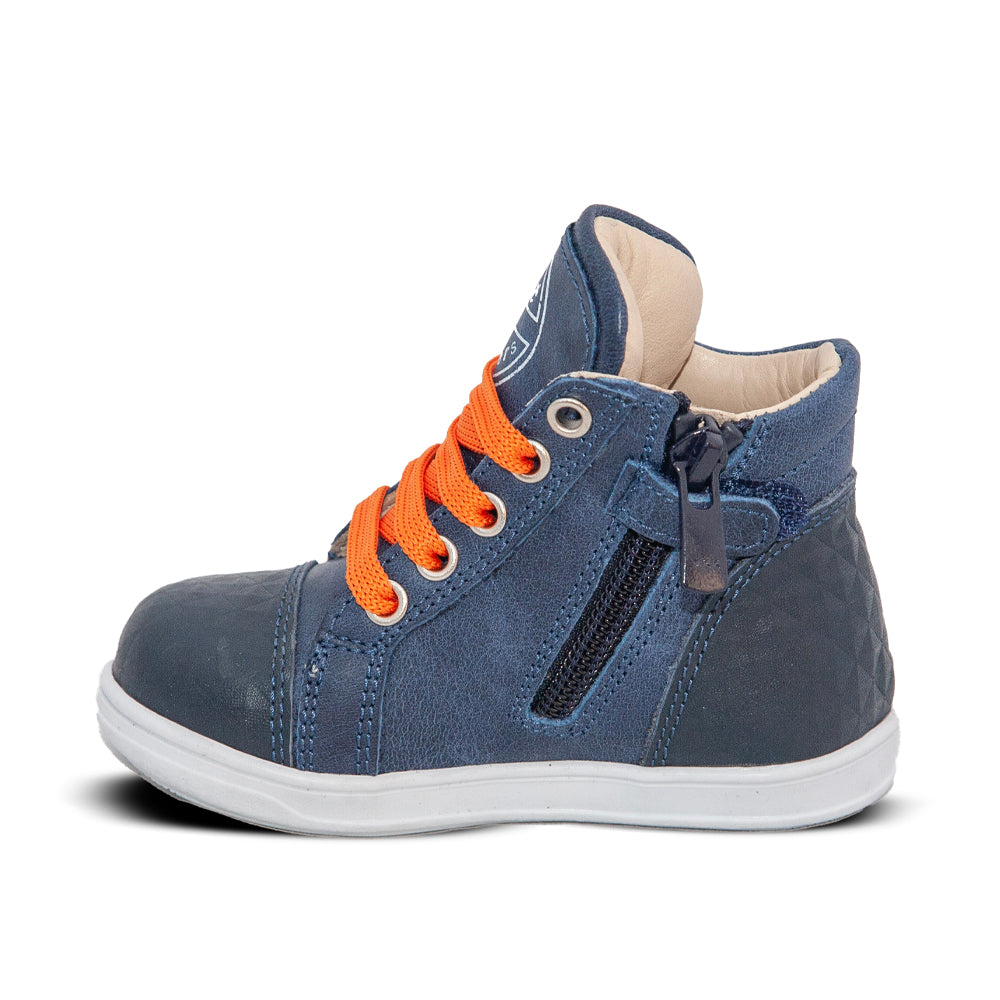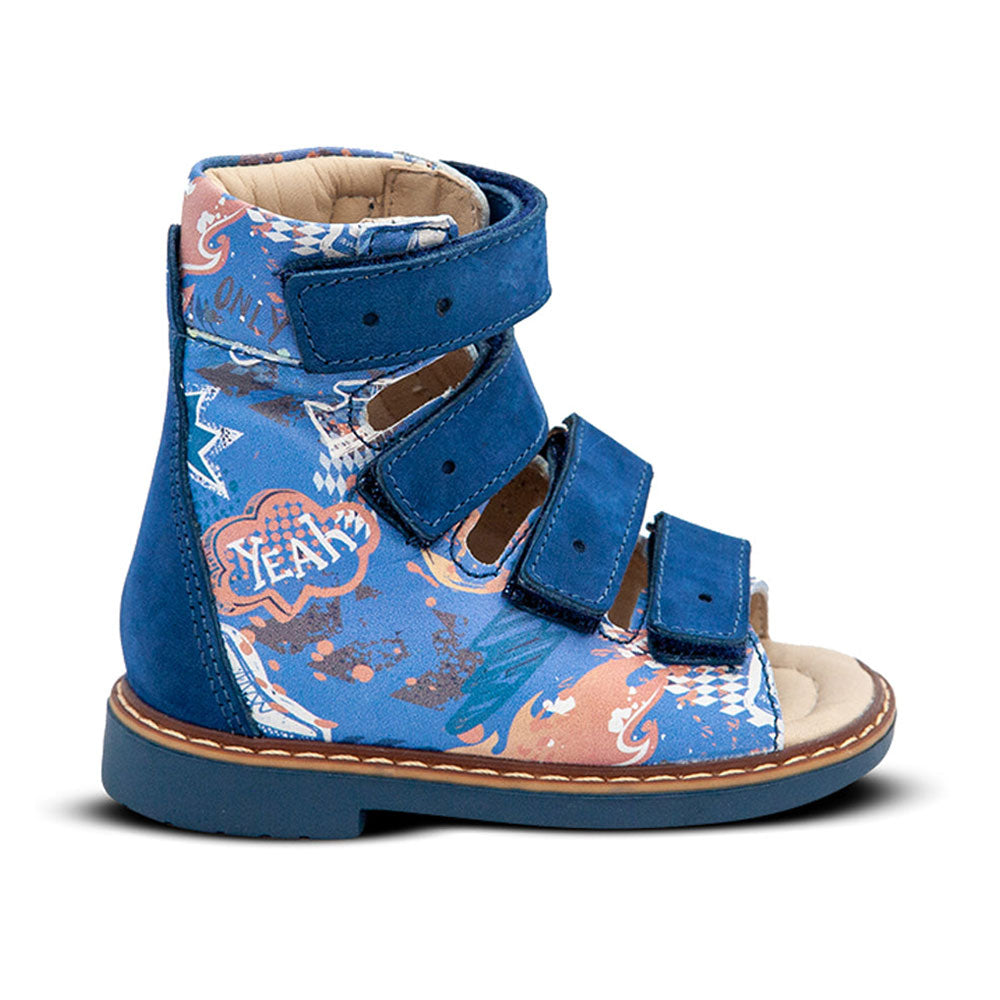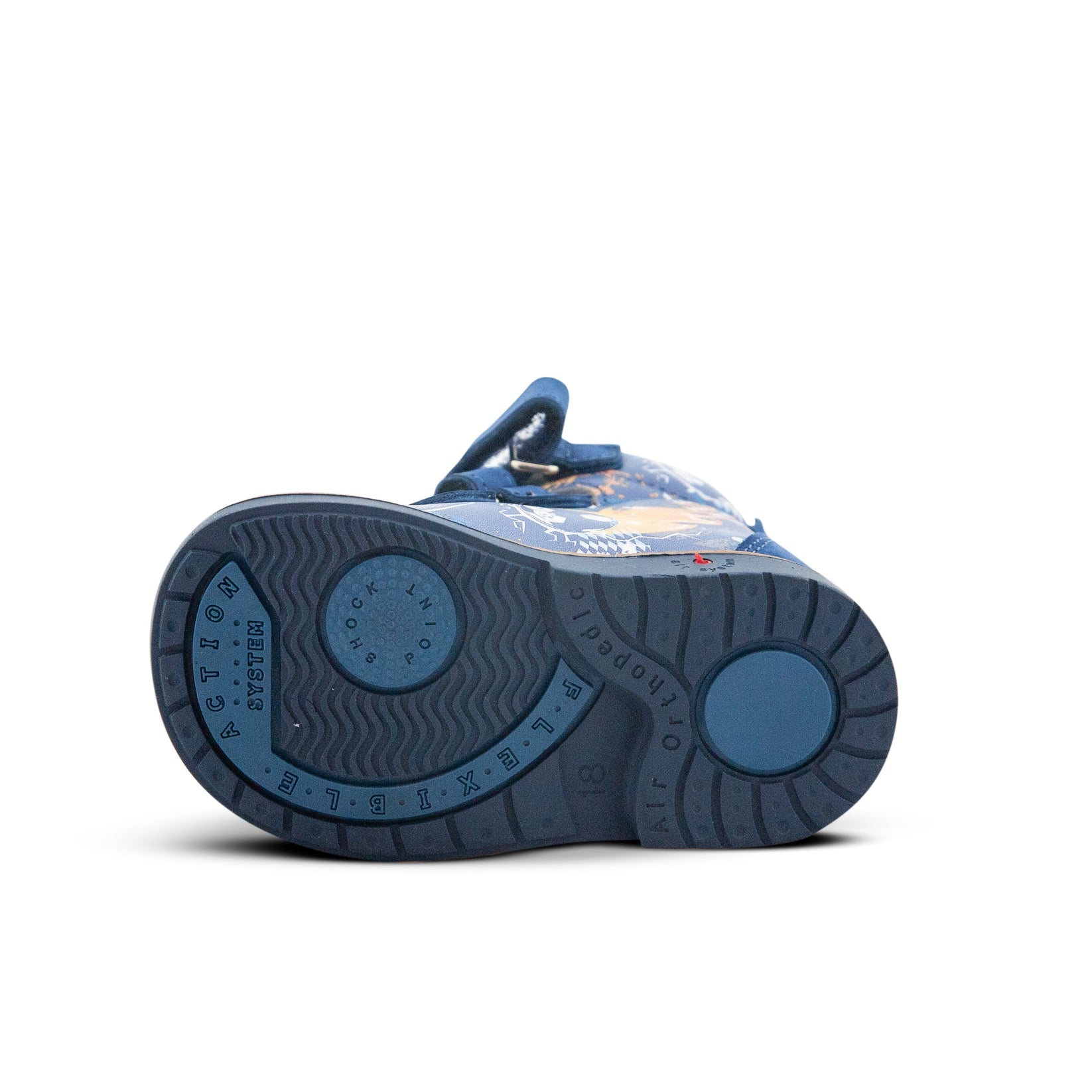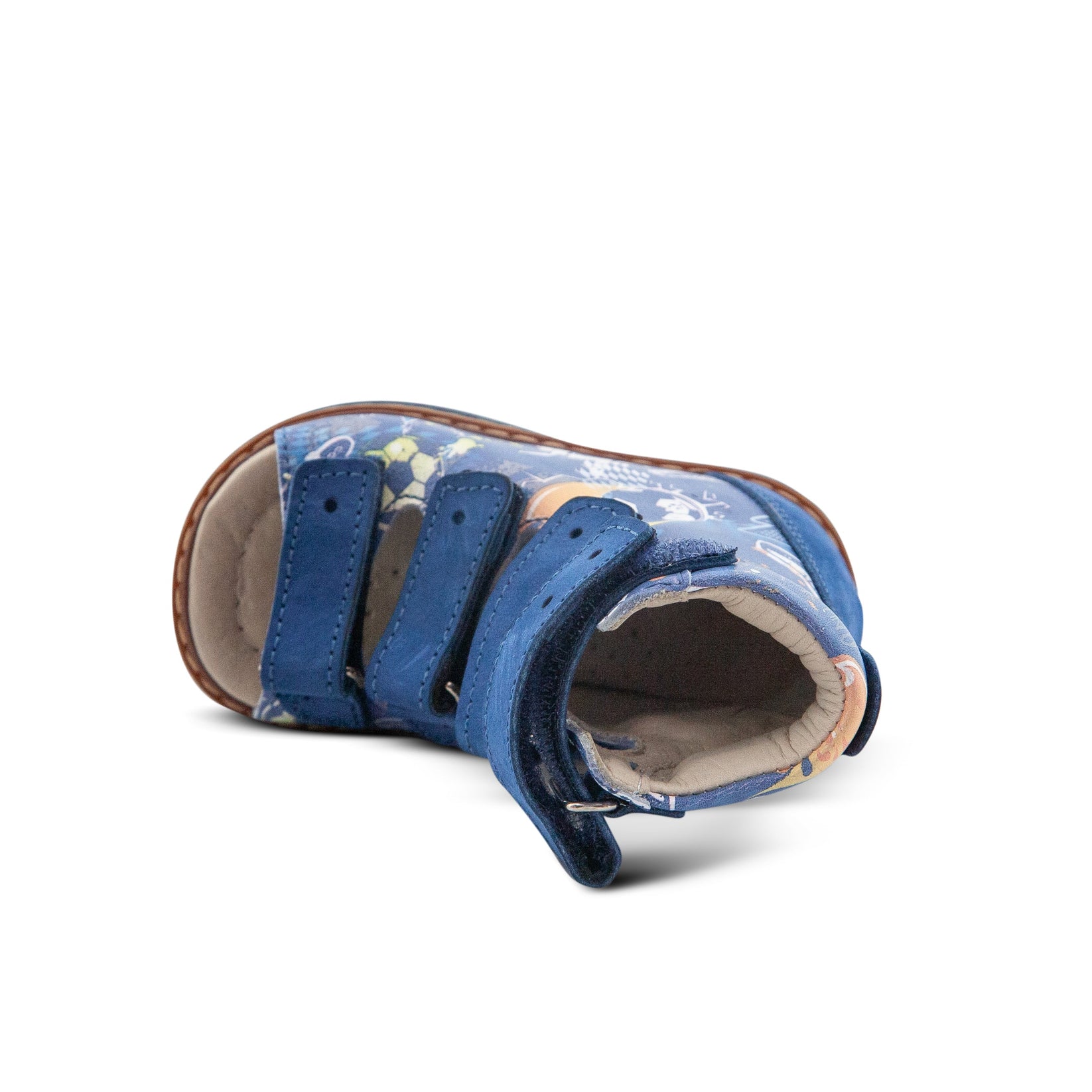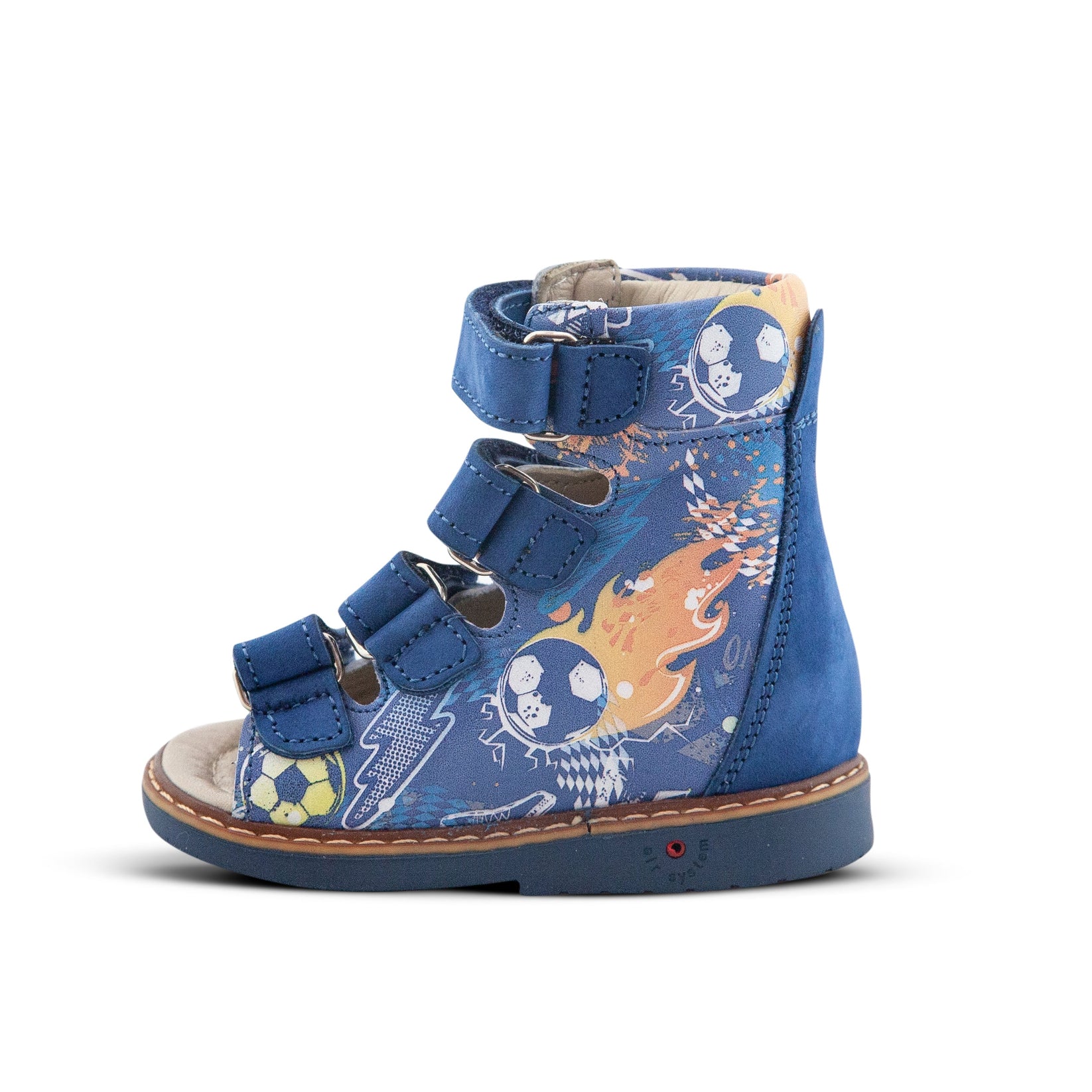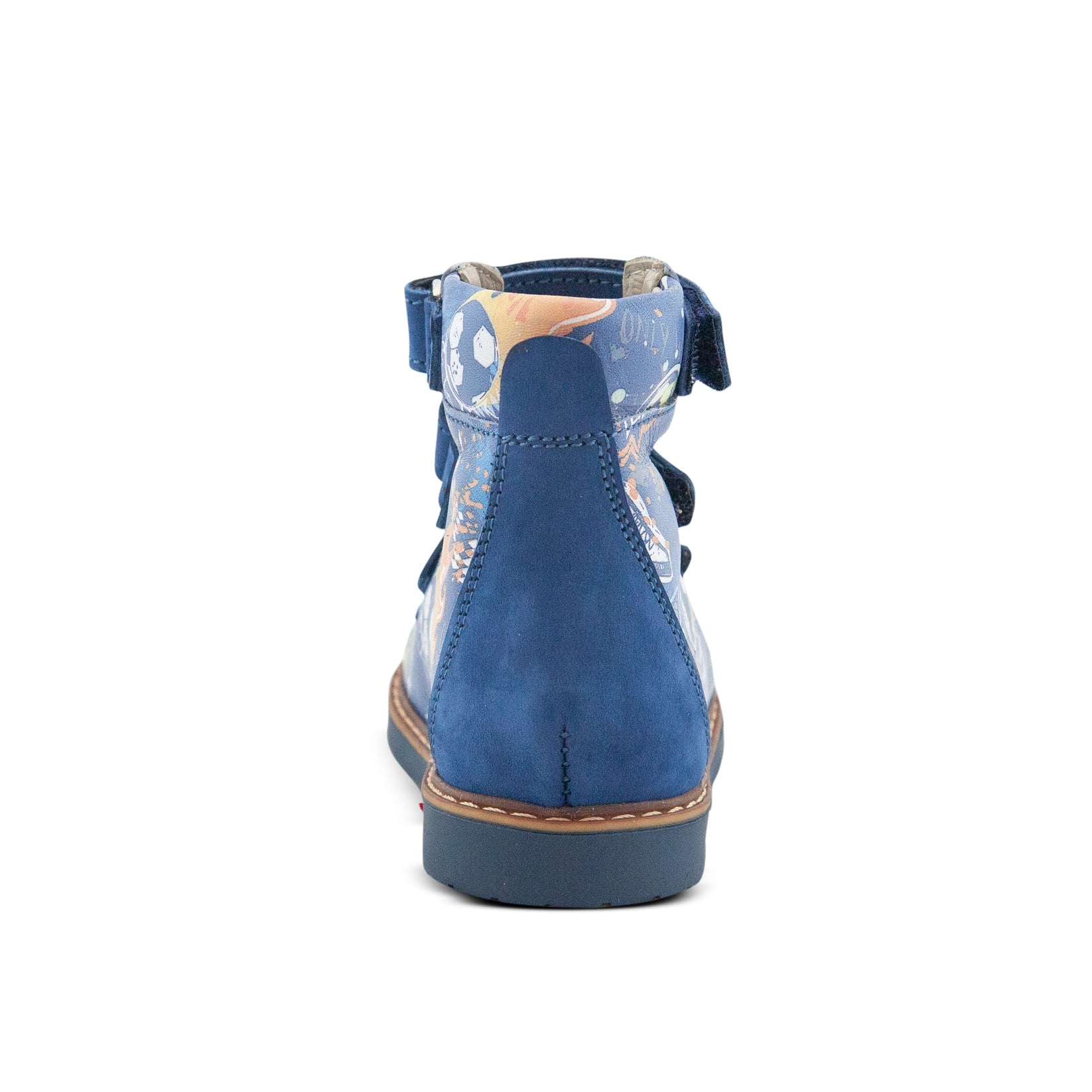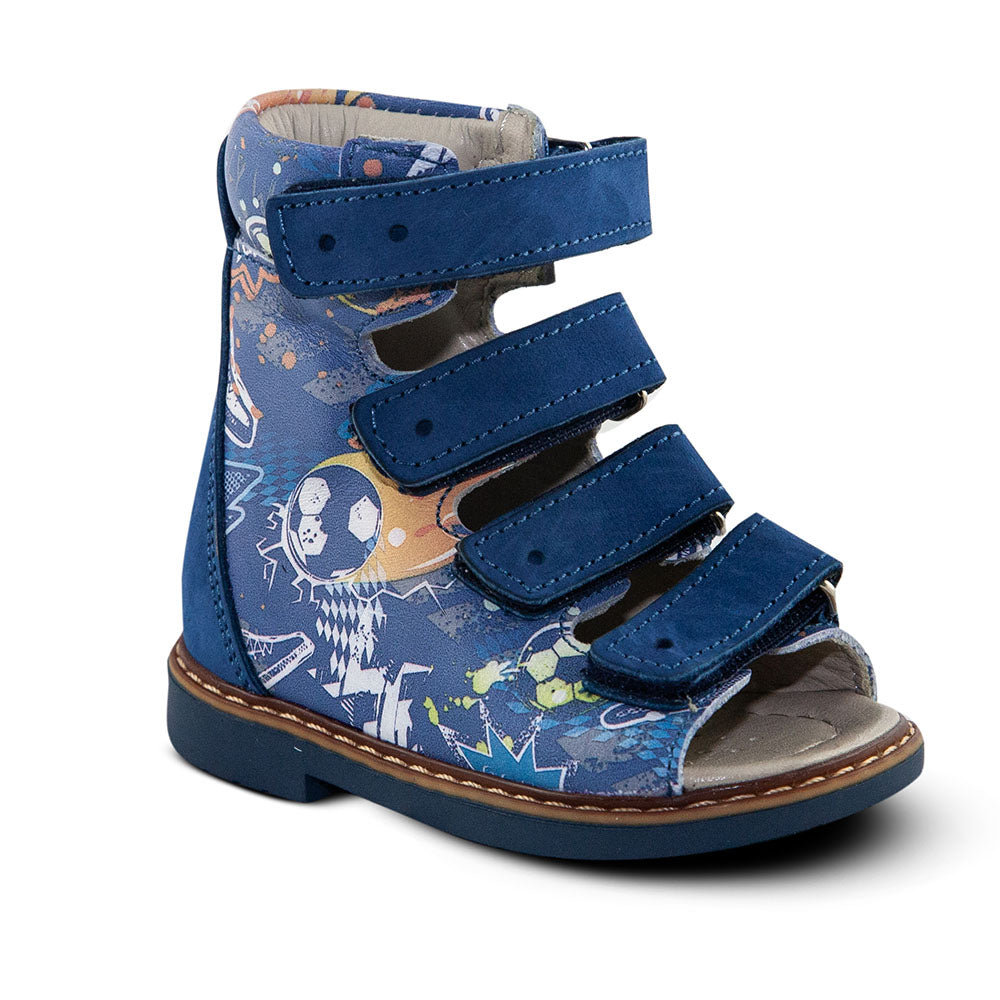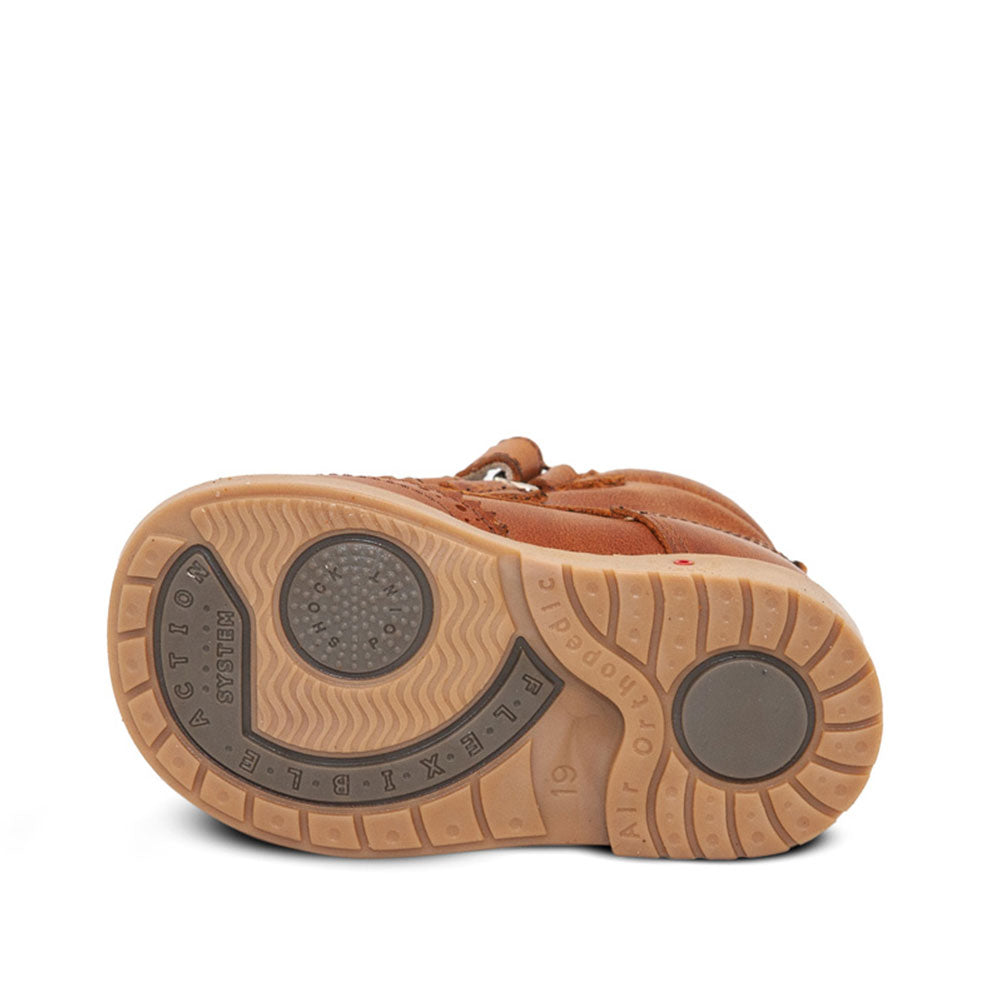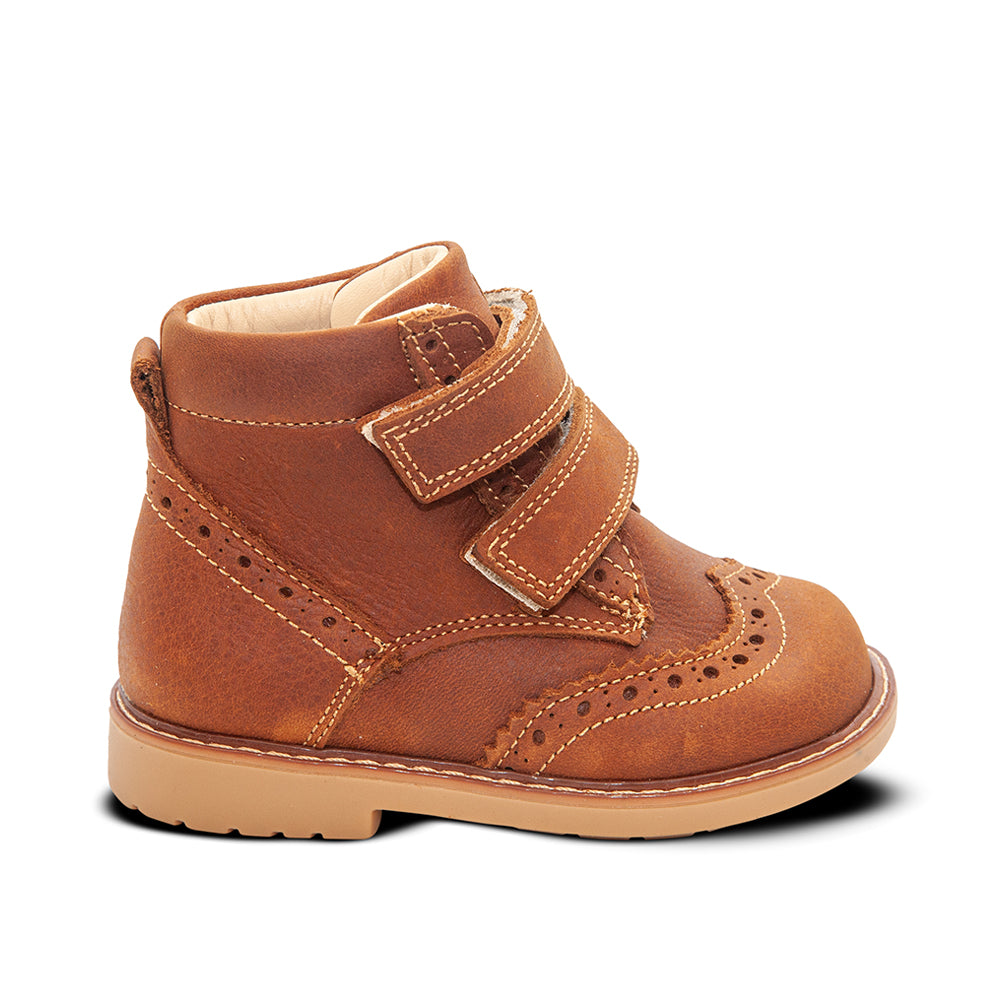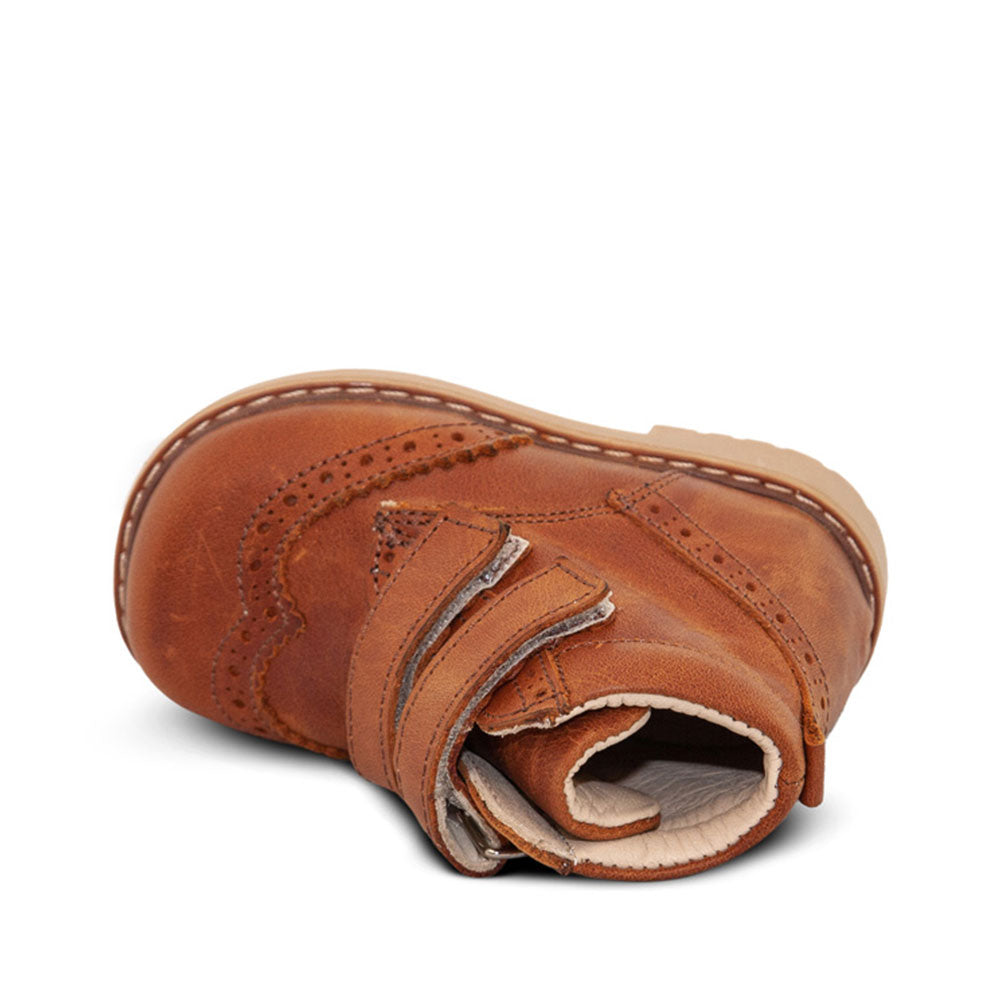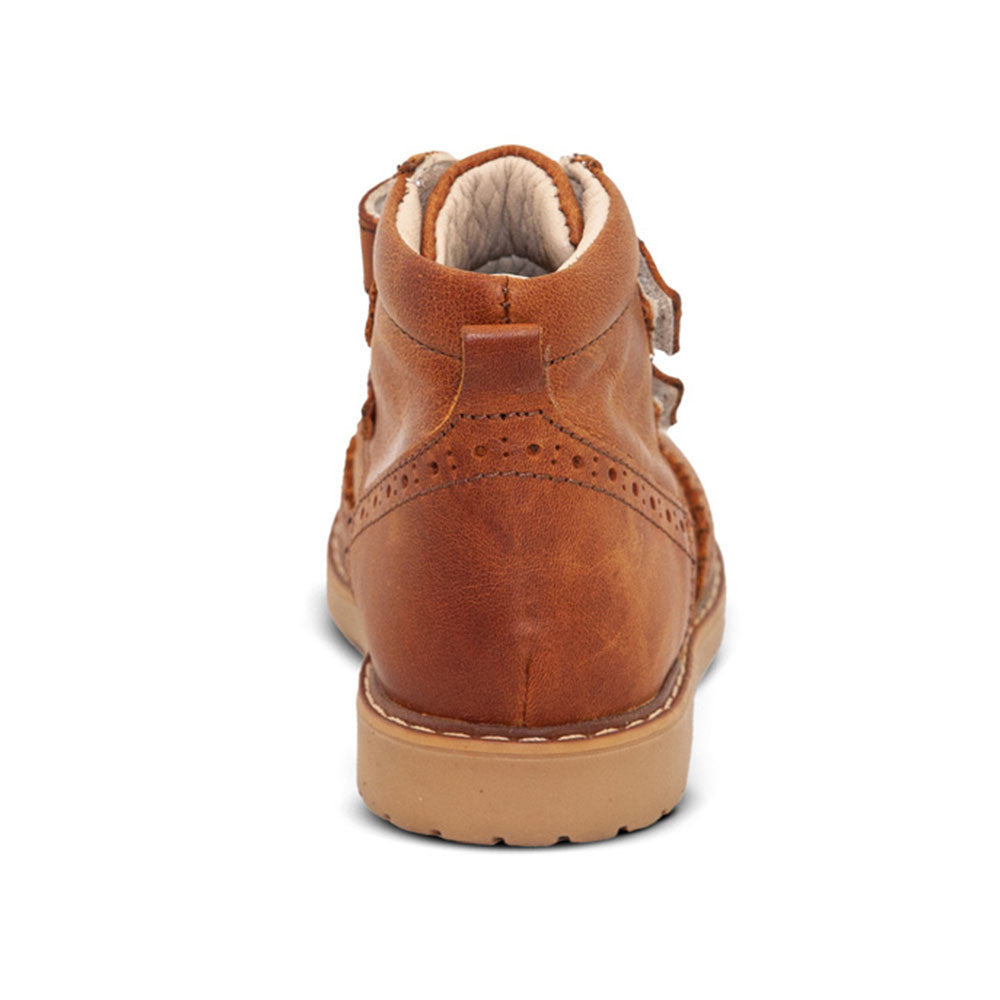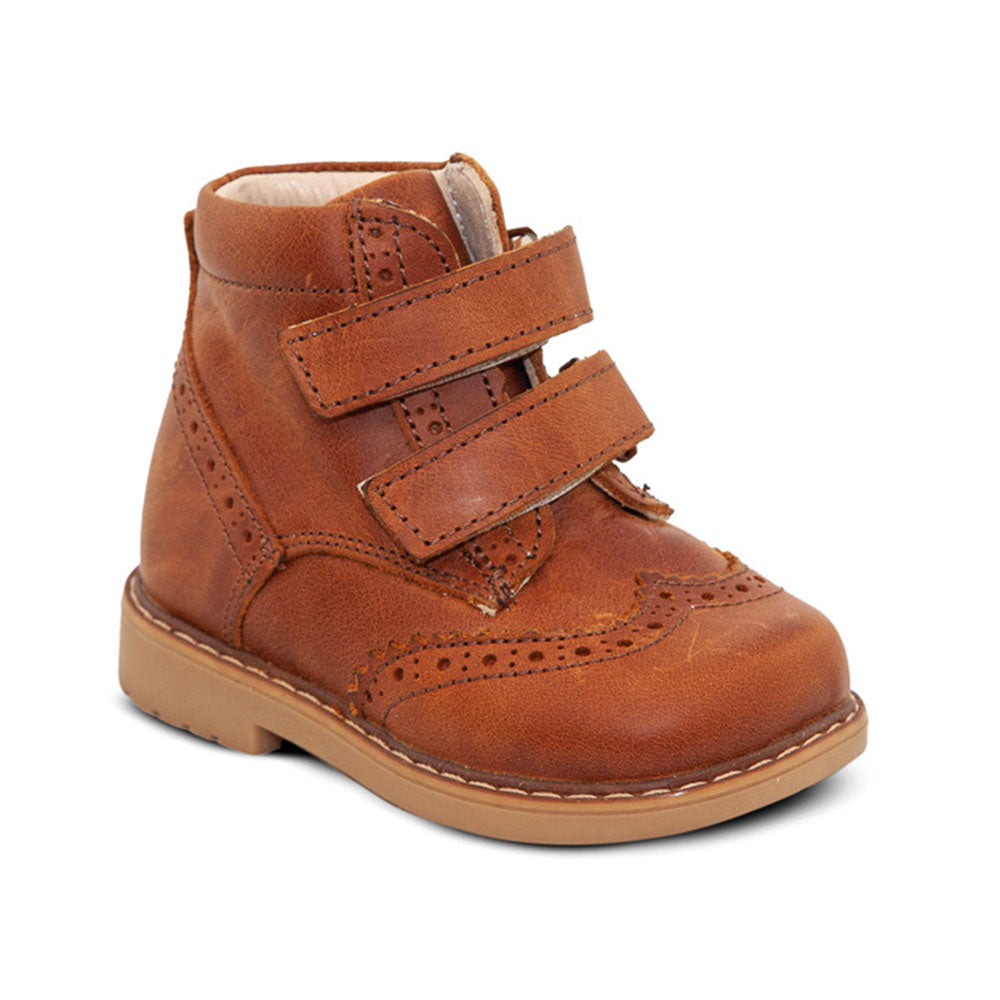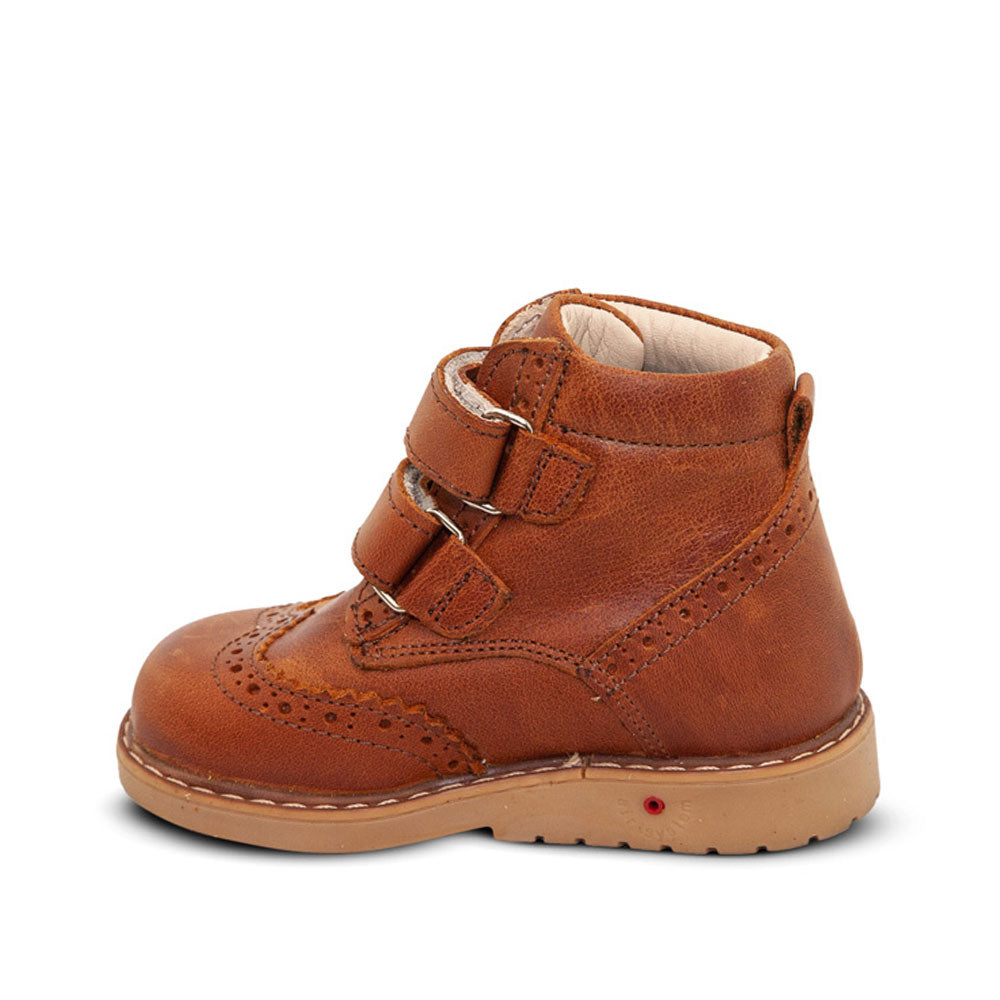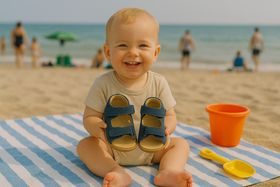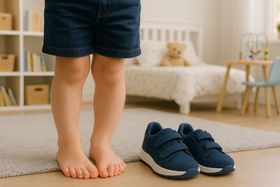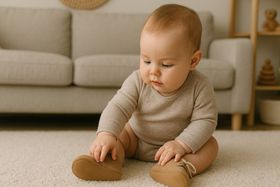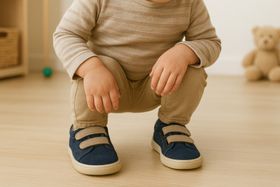5 Best Orthopedic Shoes for Toddlers: Expert Recommendations
Every wobbly step your toddler takes holds a world of possibility. But are their shoes truly supporting their developing feet? Discover the expert-recommended orthopedic shoes that can make all the difference in their comfort and healthy growth.
Updated July 22, 2025
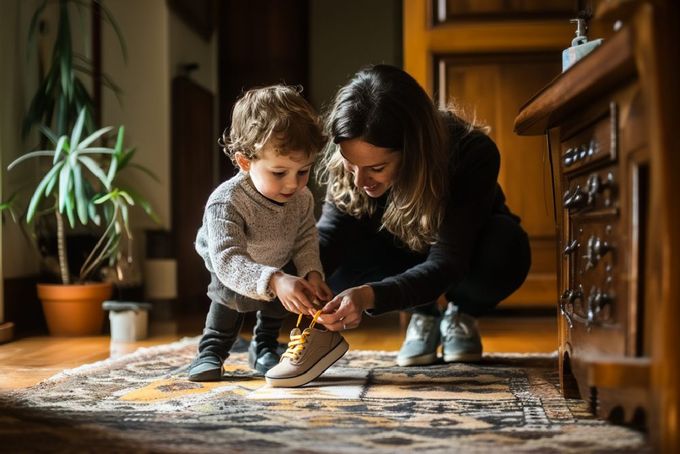
As a parent, you want nothing but the best for your little one, especially when it comes to their health and development. You've likely spent countless hours researching the best foods, toys, and gear to support their growth.
But have you considered how shoes play in their long-term well-being?
Choosing the wrong footwear for your toddler can harm their foot development, potentially causing issues with their gait and posture and even leading to pain later on.
Thankfully, you don't have to do your research. This guide brings together their top recommendations for the best orthopedic shoes for toddlers, giving you the knowledge and confidence to make the right choice.
» Browse our extensive collection of toddler shoes
Our Picks for the 5 Best Supportive Toddler Shoes
How Your Child's Feet Develop: From Birth to First Steps
Children's feet change quickly as they grow. You'll notice differences in how they stand, balance, and walk.
Here are some milestones:
- Baby's First Year: In the first few weeks, a soft fat pad grows under your baby's foot. By their first birthday, this pad cushions their foot, but you won't see an arch yet.
- The Toddler Years: Ages 1-3: As your kid stands and walks more, the fat pad gets thinner, and you'll start to see an arch form. The soft bones in your little one's feet slowly become harder. Between 12-18 months, the middle part of the foot is still developing, which makes toddler feet bendy and wobbly.
- First Steps and Challenges: This normal wobbliness, plus the new pressure of walking (usually between ages 1-3), can sometimes make feet appear flat or look like they turn inward. This is usually normal!
- Getting Stronger Through Play: You should encourage your little one to be active. The more they move around, the better their balance gets. Foot muscles get stronger naturally as they pull up, cruise along furniture, and learn to walk.
Note: When toddlers first start walking, their feet are still developing, which makes them prone to. Your little one might need orthopedic shoes for extra support. Talk to your doctor if you're worried about how your child's feet look or how they walk.
» Find out if your baby needs shoes while learning to walk
5 Best Orthopedic Shoes for Toddlers
What to Look for In Supportive Toddler Shoes
- Shock-Absorbing Outsoles: Children usually slap their feet on the ground when they start walking, which creates a high and repetitive impact. That's why they need outsoles made of thermoplastic rubber, or an EVA midsole that absorbs shock. They distribute the load and reduce the impact.
- Firm Heel Counter: Heel support keeps the foot stable while walking and prevents injuries. If your kids have flat feet or are hyperactive, a firm heel counter will prevent them from tripping and falling.
- Adjustable Toe-Box: Shoes with adjustable velcro staps can help adjust the fit if your little one has wide feet, reducing the chance they'll get skin irritation and bunions. If your kid has narrow feet, you can also adjust the velcro straps for a snugly fit.
» Check out our complete guide on buying orthopedic toddler shoes
Common Conditions That May Require Orthopedic Shoes
Several foot and walking concerns typically indicate the need for supportive footwear:
- Flat feet that persist beyond the normal flat appearance of early development
- Hypermobile joints cause excessive flexibility and potential instability
- In-toeing or out-toeing that affects balance or causes tripping
- Club feet requiring continued support following initial treatment
- Developmental delays affecting normal walking progression
Note: You should address these issues as soon as you notice them, especially if your child is going through key growth transitions.
The period between crawling and independent walking (10-24 months) is critical for intervention. During this time, your little one's feet are sprouting, making it an ideal window for corrective support.
» Is your baby pulling up to stand? Check out the best cruising shoes
Signs Your Toddler Might Need Orthopedic Shoes
Watch for these indicators that specialized footwear could be beneficial:
- Persistent falling beyond typical toddler clumsiness
- Unusual walking patterns that don't improve with practice
- Uneven weight distribution when standing
- Visible discomfort or avoidance of walking activities
- Irritability, specifically during standing or walking activities
Early intervention with properly fitted orthopedic shoes can guide your child's foot growth during these formative years. Remember, always consult with your pediatrician or pediatric orthopedist for a proper assessment before investing in specialized footwear.
» Find out when your baby should start wearing hard-soled shoes
Setting the Stage for a Lifetime of Healthy Steps
Investing in the most supportive orthopedic shoes for your toddler is an investment in their future comfort and mobility.
By prioritizing shoe features like proper arch support, a roomy toe box, and flexible yet supportive soles, you're actively contributing to their healthy foot development and preventing potential problems down the road.

